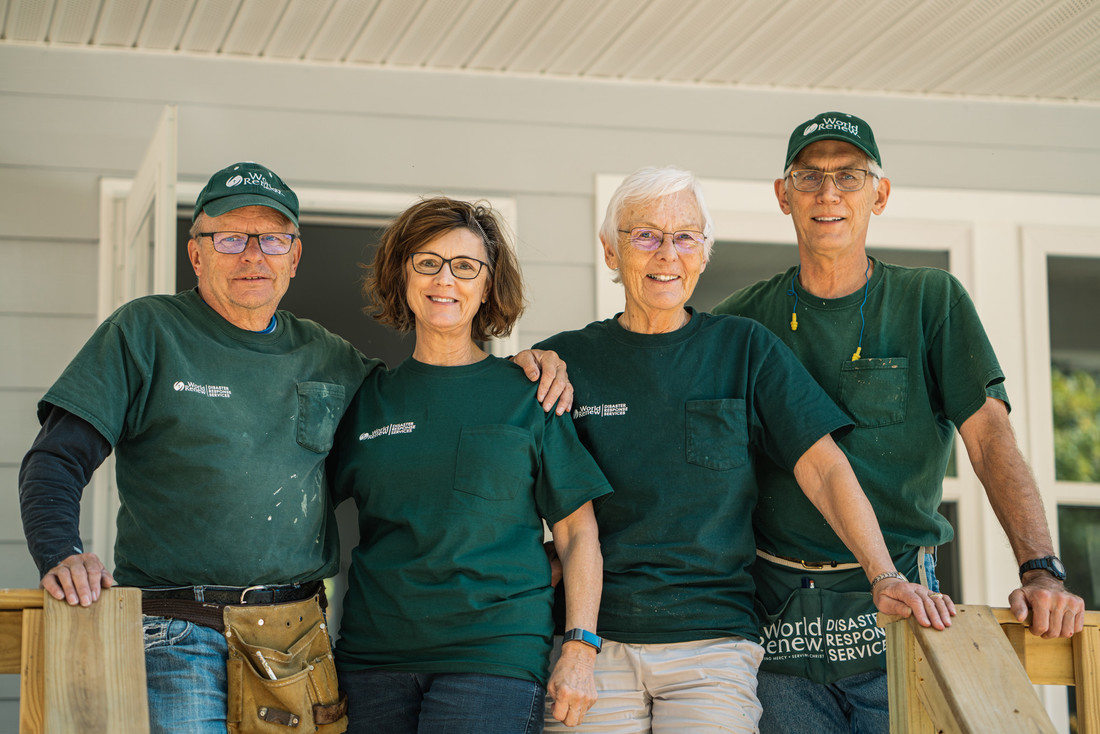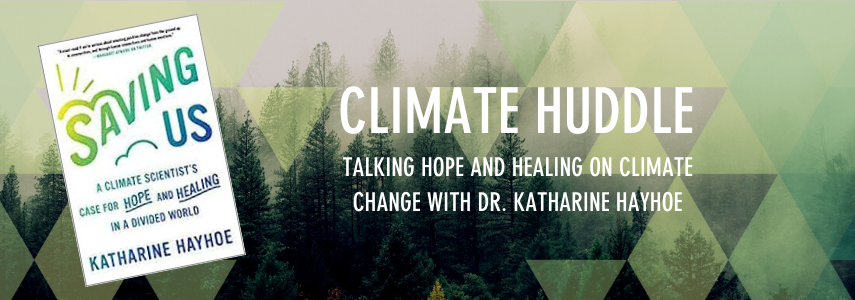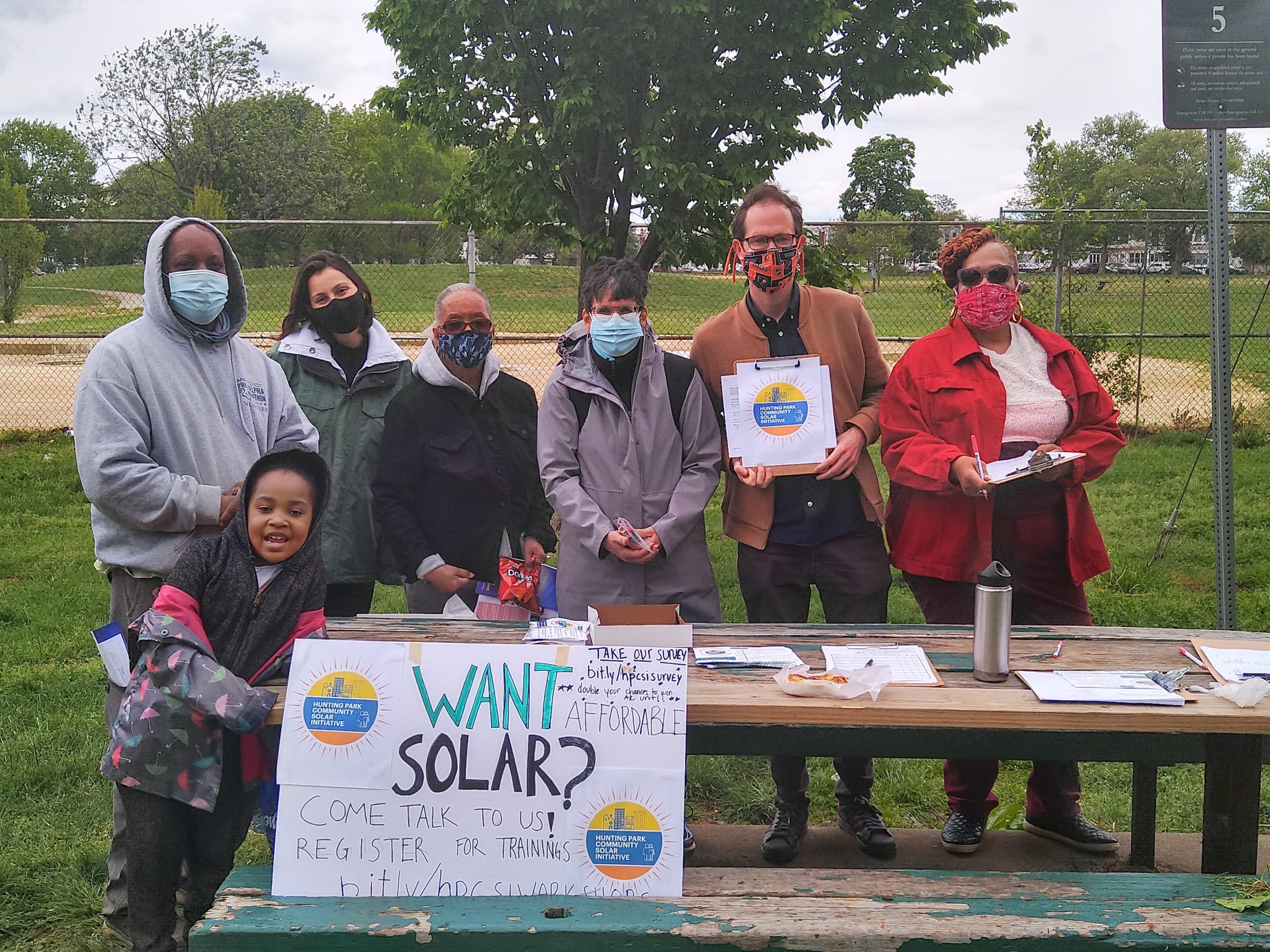5 Ways to Respond to Disaster

The two years of the COVID-19 pandemic proved to be one of the most challenging times for many families around the world that have also suffered from earthquakes, floods, landslides and other disasters.
Looking at the past decade, approximately 60,000 people die per year on average from natural disasters worldwide. That contributes to 0.01% of world deaths. However, these varied significantly from 0.01% to 0.4% of the total deaths of high-impact cases.
Some of these disasters include Hurricane Eta in Latin America, where up to 300,000 people were displaced; the Lombok Earthquake in Indonesia, where 300 people lost their lives and 270,168 people displaced; and the earthquake that triggered a tsunami that affected over a million people in Sulawesi.
In this article, we’ll look at ways to respond to disasters and what you can do in an emergency. But first, let’s explore the different types of disasters and what to look out for.
Types of disasters
Disasters take on various forms, with some lasting for many hours to days and even weeks. Below is a list of different categories of disasters that are either natural or man-made, both of which have deep negative impacts on a community.
1. Natural disasters
Natural disasters are events triggered by geophysical, hydrological, climatological, biological, or meteorological causes.
These types of disasters include:
- Earthquakes
- Tsunamis
- Volcanic activity
- Agricultural diseases
- Drought
- Extreme heat
- Floods
- Hail
- Hurricanes and tropical storms
- Landslides
- Tornadoes
- Disease epidemics
- Wildfire
2. Man-made disasters
Man-made disasters are usually associated with terrorist attacks, industrial accidents, massacres, and mass violence. Such traumatic events can also cause loss of life and property, just like in natural disasters.
Man-made disasters can also refer to human-based technological incidents, leading to severe environmental damage, pollution, and accidents.
These incidents include:
- Hazardous materials
- Cyber-attacks
- Chemical and biological weapons
- Civil wars
- Power service disruption
- Nuclear power plants and atomic strikes
- Radiological emergencies
3. Others disasters
Outbreaks of infectious diseases and other events that can cause unrest and long-term trauma are also disasters that can negatively impact communities.
As COVID-19 swept across the globe, governments urged people to stay at home. However, that was not the case in places like Haiti. Most Haitians live off their daily income from trading, and missing a day could mean not having money for food. This reality has forced them to go about their lives despite the health risks of this life-threatening illness.
To raise awareness in Haiti of the pandemic and suggested preventative measures World Renew partnered with Perspectives Reformees Haiti (PRH) and trained community leaders to lead awareness campaigns. Today, more than 500,000 Haitians are aware of the dangers of the spread of COVID-19 and are now practicing ways to avoid infection.
Whether they are natural, man-made or other types of disasters, it’s important that we know and understand their impact on the community. In the next section, we’ll explore how World Renew responds to disasters around the world.
How World Renew responds to disaster
Together, we empower societies to address local needs following natural disasters, including earthquakes, floods, tornadoes, and hurricanes, and problems created by humans like war and other violence.
World Renew and our partners respond to disasters and help rebuild communities when a disaster strikes. We provide life-saving aid to alleviate poverty, restore dignity, and boost economic growth.
Our strategy is to minimize catastrophe risk and prepare people in advance for disasters. We are focused on helping reduce the impact of disasters on vulnerable and poor communities. This work involves coordinating and preparing local partners and community members to properly support and care for people at risk.
With that said, these are our two key disaster response teams:
The DRS team focuses on responding to disasters in North America, while the IDR team focuses on responding to disasters outside of North America. While they focus on different geographical locations, both teams have a common goal of restoring homes and helping to rebuild communities that are affected.
World Renew also partners with local non-governmental organizations and churches to respond to an international disaster. They are valuable for World Renew’s work to ensure that the support is sufficient for the local context and promotes long-term impacts.
For example, the heavy flood that hit Swagere parish and several other regions along the shores of Lake Kyoga in Uganda left hundreds of houses and crops damaged, forcing over 3,000 families to relocate. However, with the help of World Renew and our church partner, PAG West Teso, we were able to provide immediate assistance to all affected regions.
You can learn more about our disaster response services in North America and throughout the world here.
5 ways to respond to disaster
Here are five ways you can respond to disasters around you and help the affected communities.
1. Donate long-term support programs
Contributing to ongoing programs that support rebuilding communities affected by disasters is the most effective way to respond to disasters. Not only will you be able to provide immediate relief to families in the area, but your donations will also help rebuild medical centers, schools, and homes in the area to help the community’s long-term recovery.
This is where we come in. At World Renew, we empower local communities to recover from disasters through a holistic approach, including education, financial support, volunteer restoration work and more. You can learn more about our continuous community development programs around the world here.
Suppose you cannot give a monetary contribution but still want to donate to the recovery effort. In that case, the next best way you can do so is by contacting an accredited organization to learn about volunteer disaster relief.
2. Volunteer, get involved
Specific skills, such as medical expertise, construction capabilities, and management experience, are usually needed during these times. In an emergency, there are also places to volunteer and contribute.
While volunteering may not be recommended during the COVID-19 outbreak, you can always plan for volunteer work in advance. You can learn more about volunteering opportunities at World Renew here, including online volunteering.
Think about supporting communities to address the issues of shelter, nutrition, and social assistance. Local non-profits need all the support they can get in these situations, and any aid you can offer can go a long way towards the recovery phase.
3. Sponsor a fundraiser
Organizing fundraising events is a wonderful way to raise money for disaster response efforts, whether you do it independently or along with your children’s school, a church, or a local group. All help gather funds or collect donations that can be sent through an organization to disaster relief and recovery areas.
4. Donate necessities to those affected
Food, duvets, and clothing are essentials that are often lost or destroyed during a natural disaster like a hurricane. Shops cannot reopen immediately, and stocks of necessities can be limited, so it can be difficult to replace these products. If you can, reach out to a loved one or an organization working in impacted areas to find out what they need before shipping domestic goods.
The most often requested elements are:
- Mattresses
- Clothing
- Toiletries
- Food and water
5. Send supplies to recovery zones
If you don’t have any contacts in the area but still want to contribute, consider sending supplies to recovery and evacuation areas. Before donating materials, always notify the organization — sending items that are not needed will add to the volunteer’s workload and take limited time and care from the relief effort.
Items often needed in evacuation zones include:
- Medical supplies
- Pallets of water or food
- Generators
- Heavy equipment and machinery
- Construction materials
What to do if a disaster strikes
Emergency preparedness can minimize disaster-related fear, distress, and losses if a disaster strikes where you live. On the community, family, and individual level, you should have a plan for seeking refuge in the case of a disaster. You should be willing to leave your homes and seek cover and know how to respond to the fundamental medical needs of your families.
The 72 Hour Kit
After an emergency, it is necessary to have enough resources such as food, water, medication, and emergency supplies. Local authorities and aid personnel will arrive on a disaster scene, but they cannot meet everyone at once. Therefore, it might take you hours or days to get assistance. After a major disaster, it is estimated that rescue personnel will need up to three days to reach certain areas.
Furthermore, essential utilities, such as power, gas, water, sewage, and phones, will be cut off for days or even for a week or longer. For this reason, every family should have a 72-hour kit at least (Basic Disaster Supplies Kit).
The six essential supplies you should have in your home include:
- Water
- Food
- Tools
- First-aid supplies
- Special items
- Clothing, bedding, and sanitation supplies
Plan, prepare and respond.
Whether a disaster affects a community across the globe or your own family, it is important to know how to respond.
Philippians 2:3-4 (NIV) “Do nothing out of selfish ambition or vain conceit. Rather, in humility value others above yourselves, not looking to your own interests but each of you to the interests of the others.”
World Renew volunteers donate their time and skills to help clear debris, evaluate needs and reconstruct homes after disasters strike. You can be a part of this great work directly, or support the cause by donating to make an impact.
Share This Story
MORE STORIES AND NEWS LIKE THIS
Loving our Neighbor: A Net Zero Lent Challenge
Loving our Neighbor: A Net Zero Lent Challenge Most of us in the West are
Climate Huddle Conversations
Climate Huddle Conversations How do we move the needle on climate action? According to Dr. Katherine
Climate Change Advocacy at the Community Level
Climate Change Advocacy at the Community Level With the release of the latest Intergovernmental Panel



